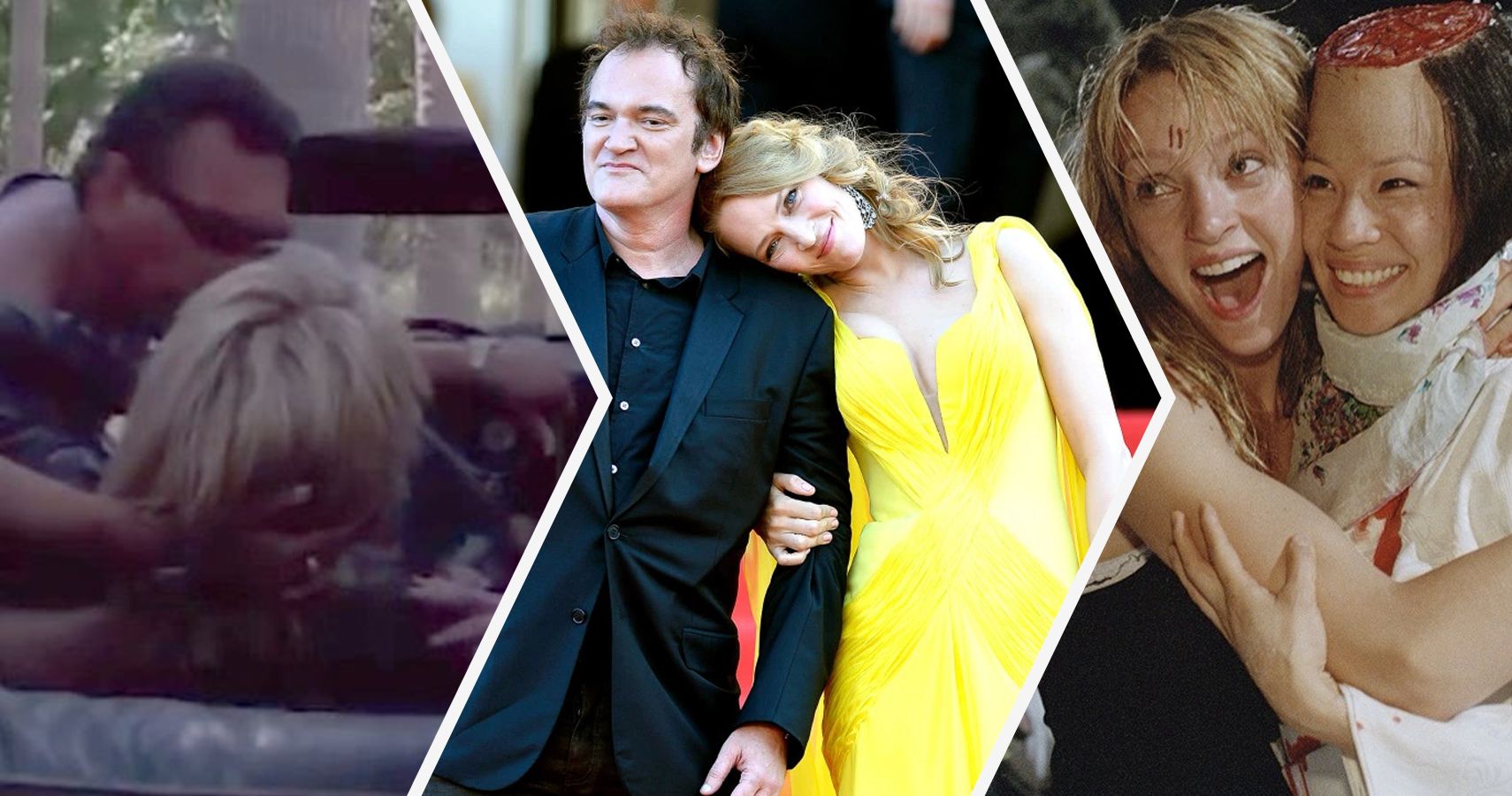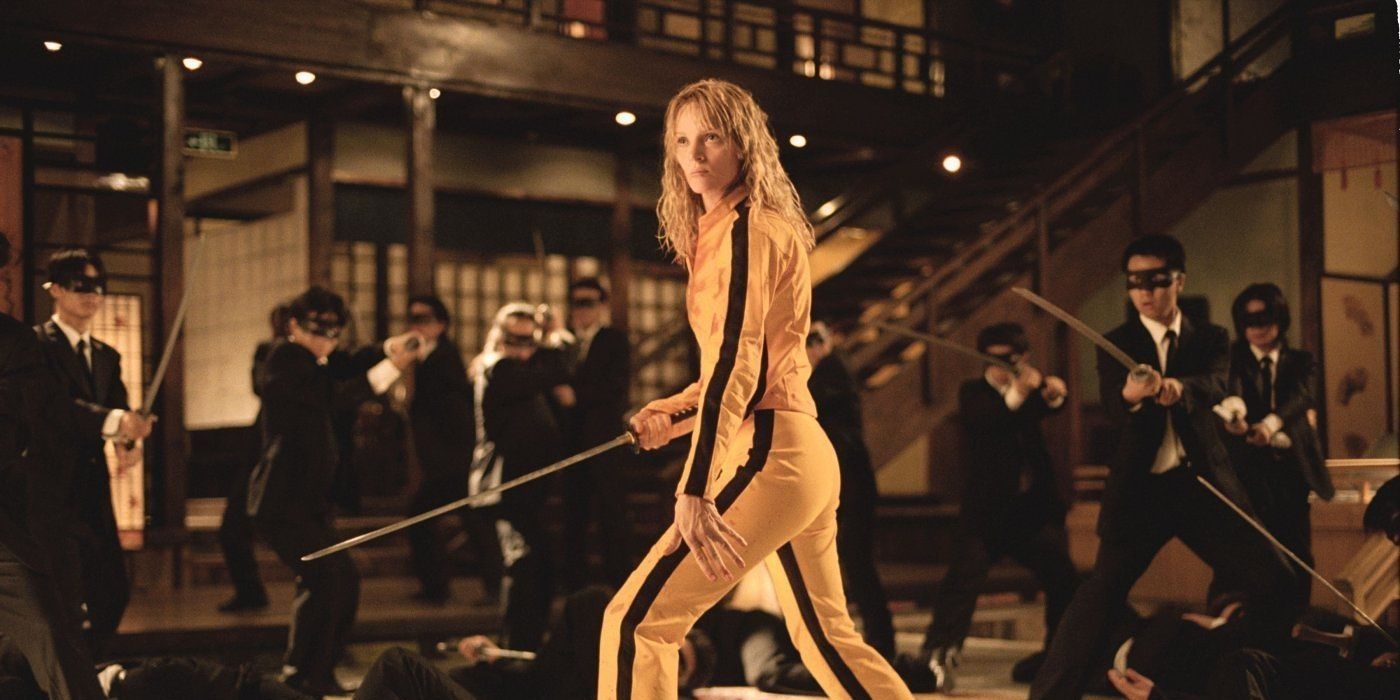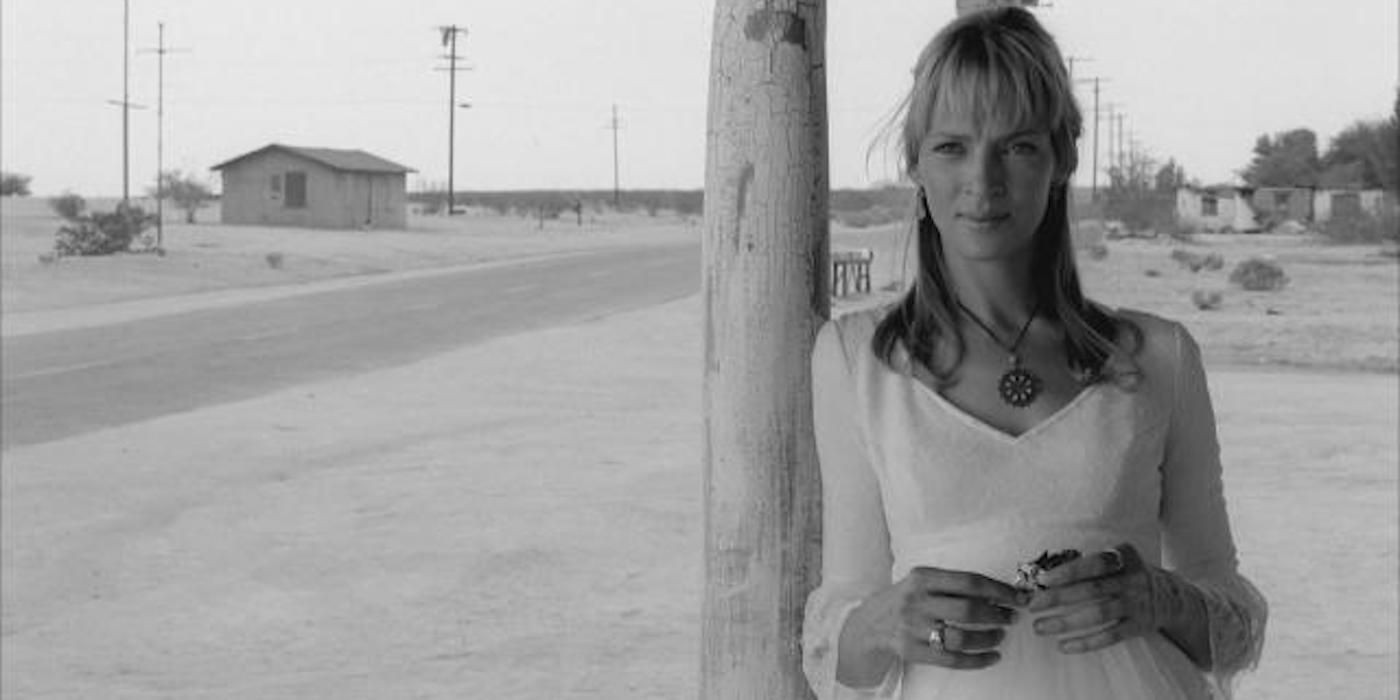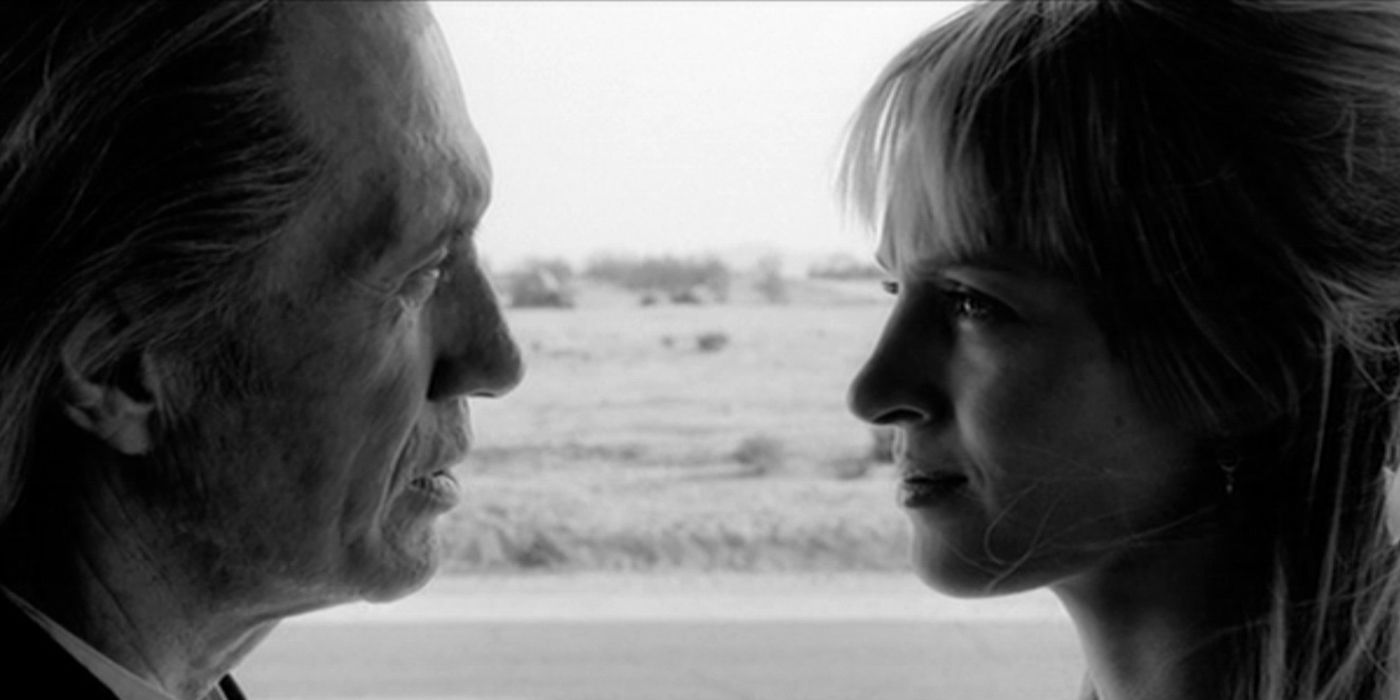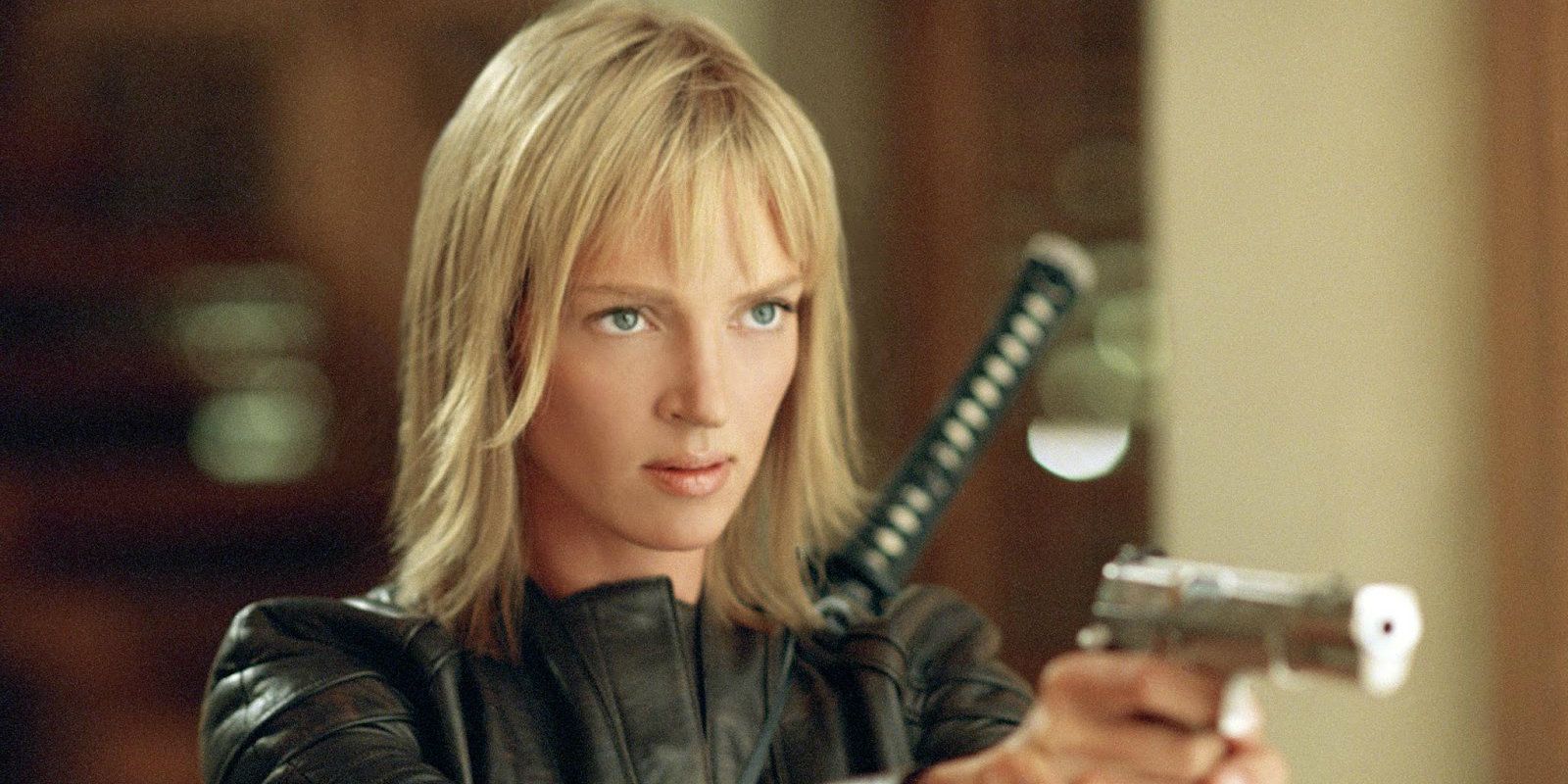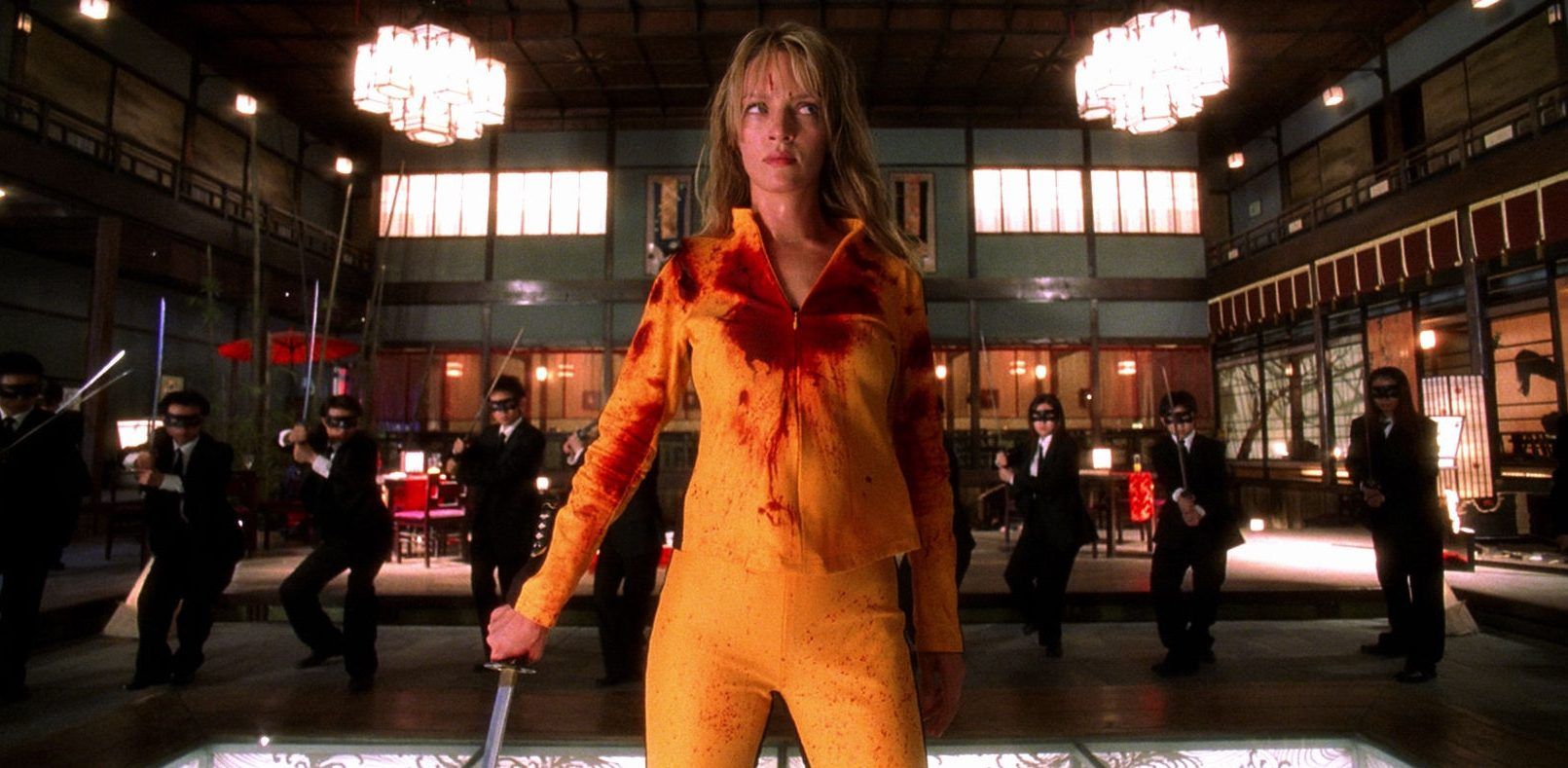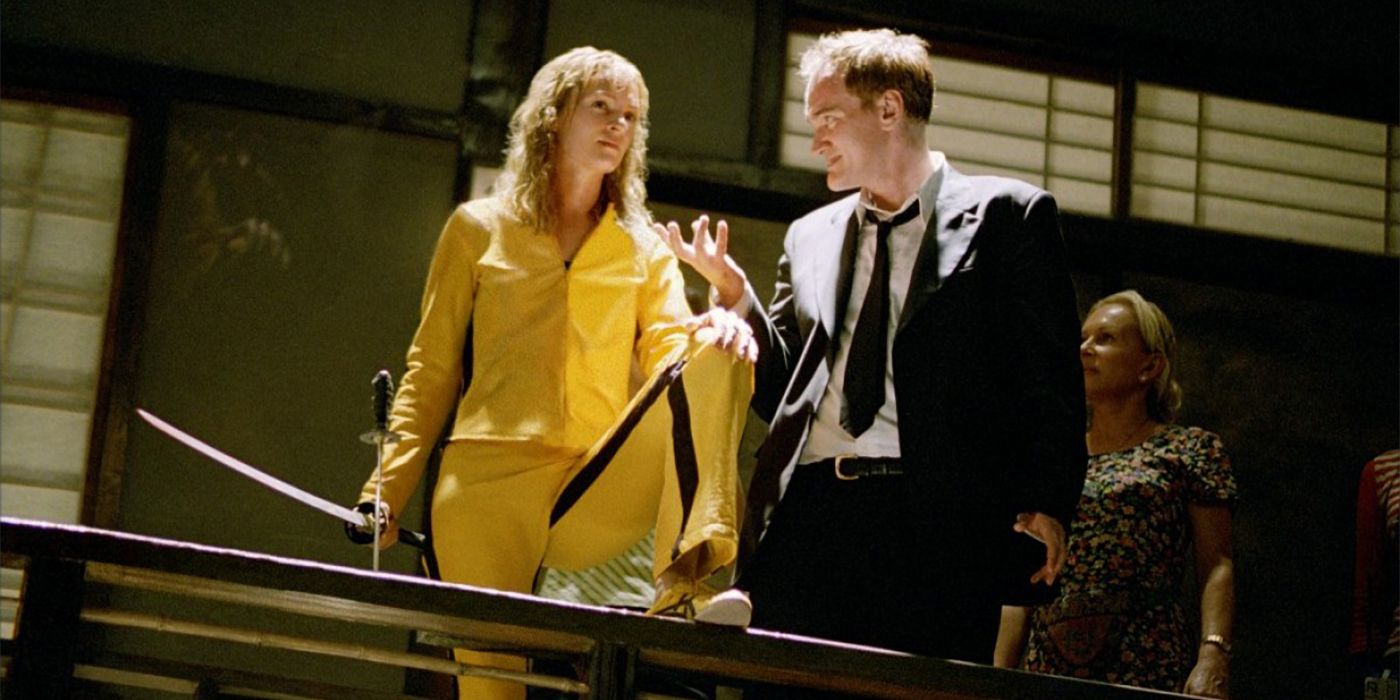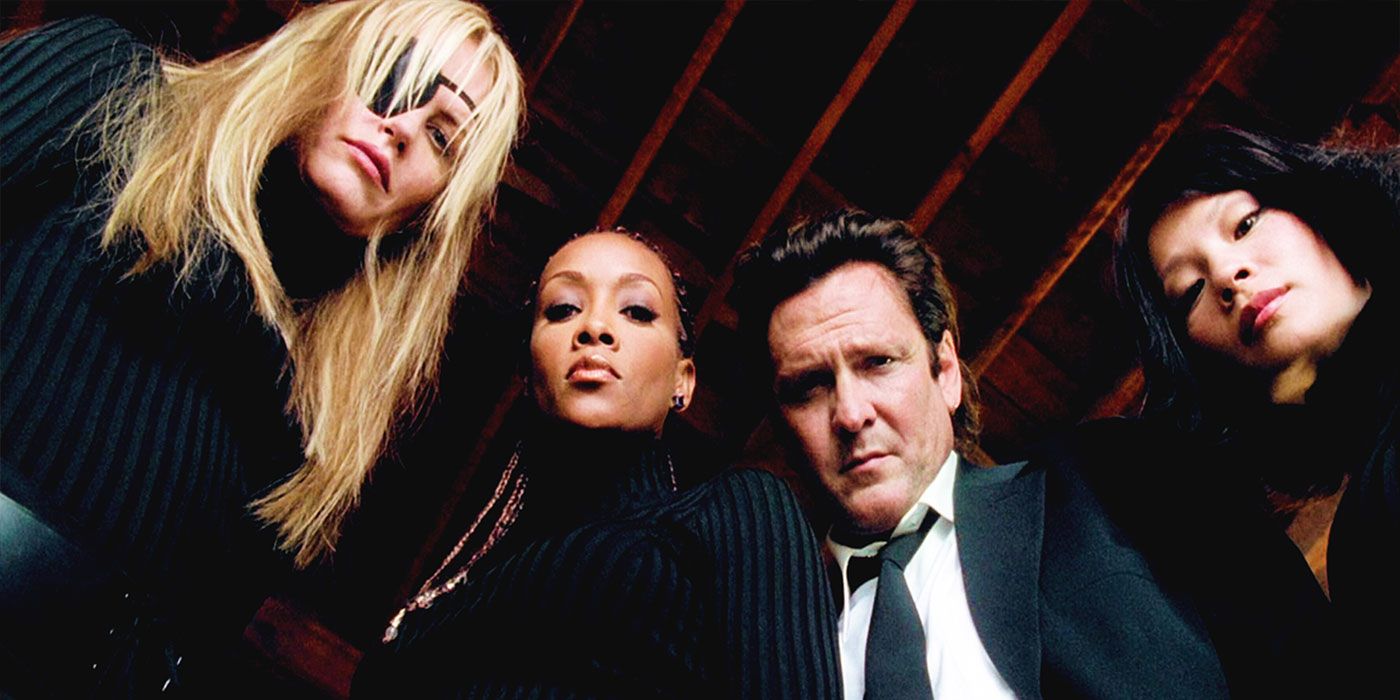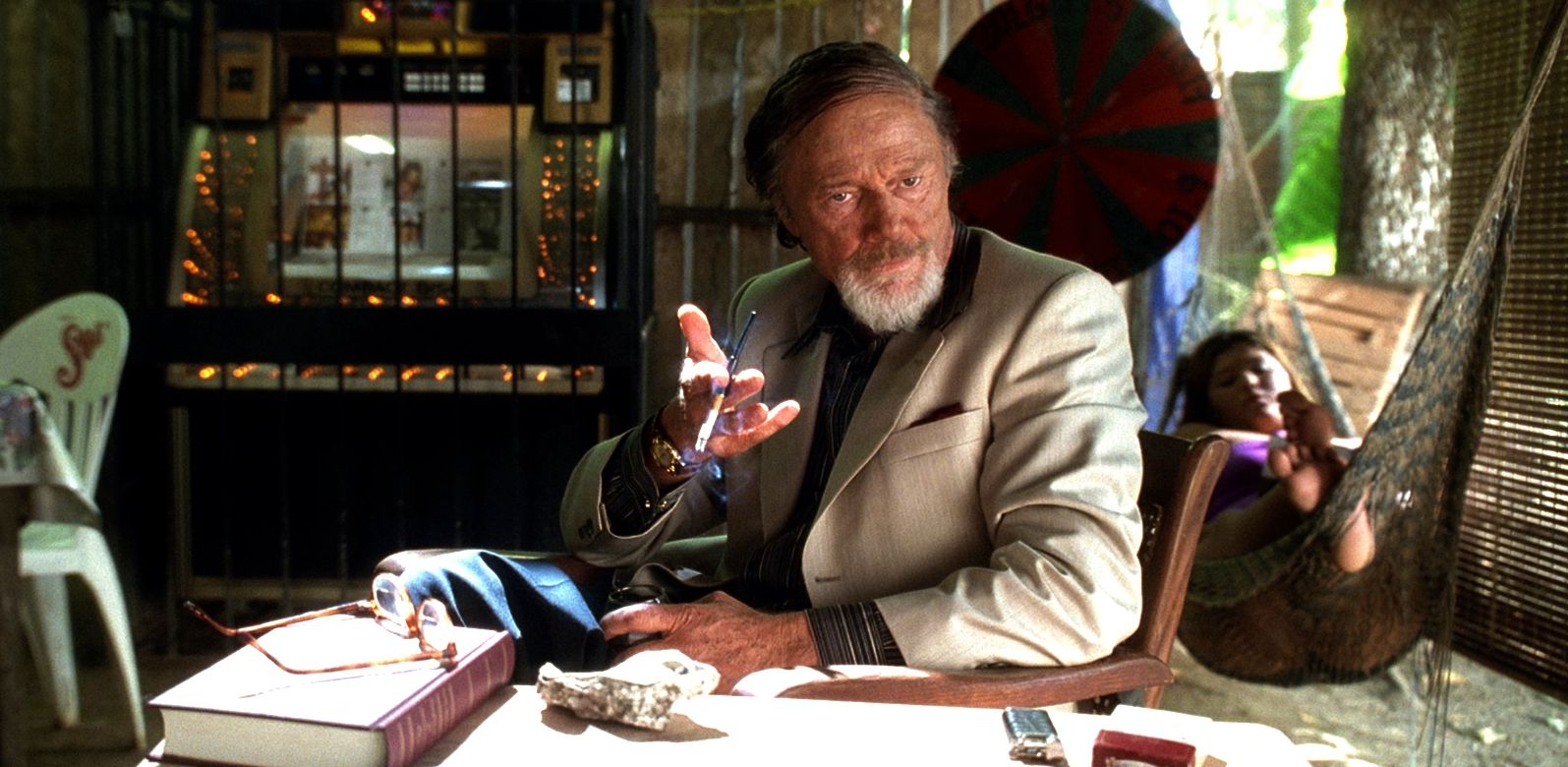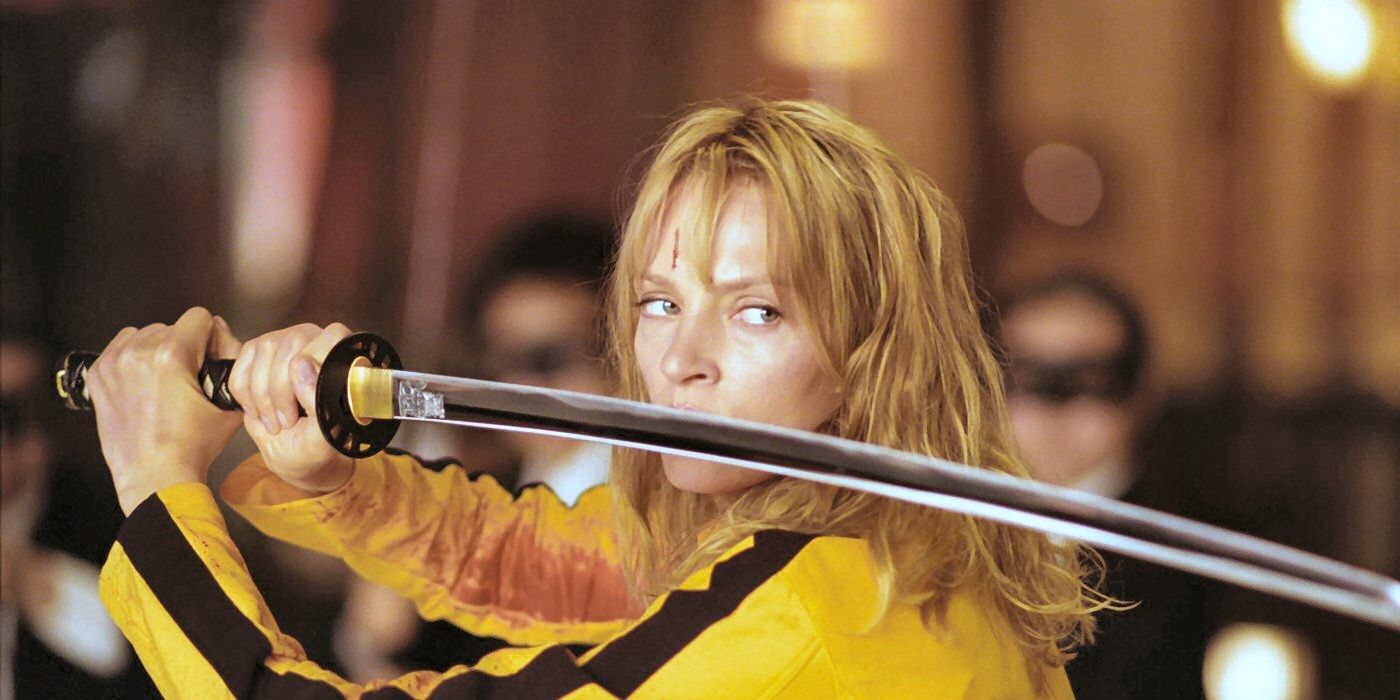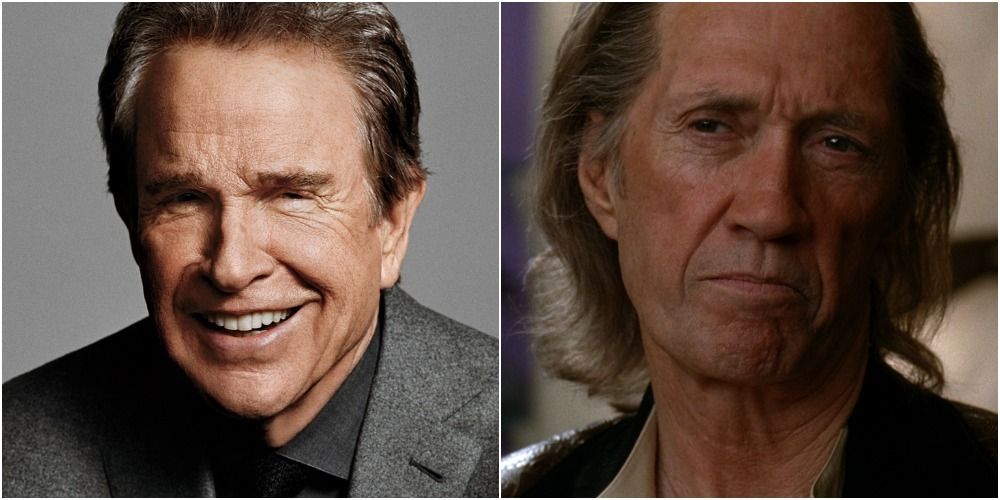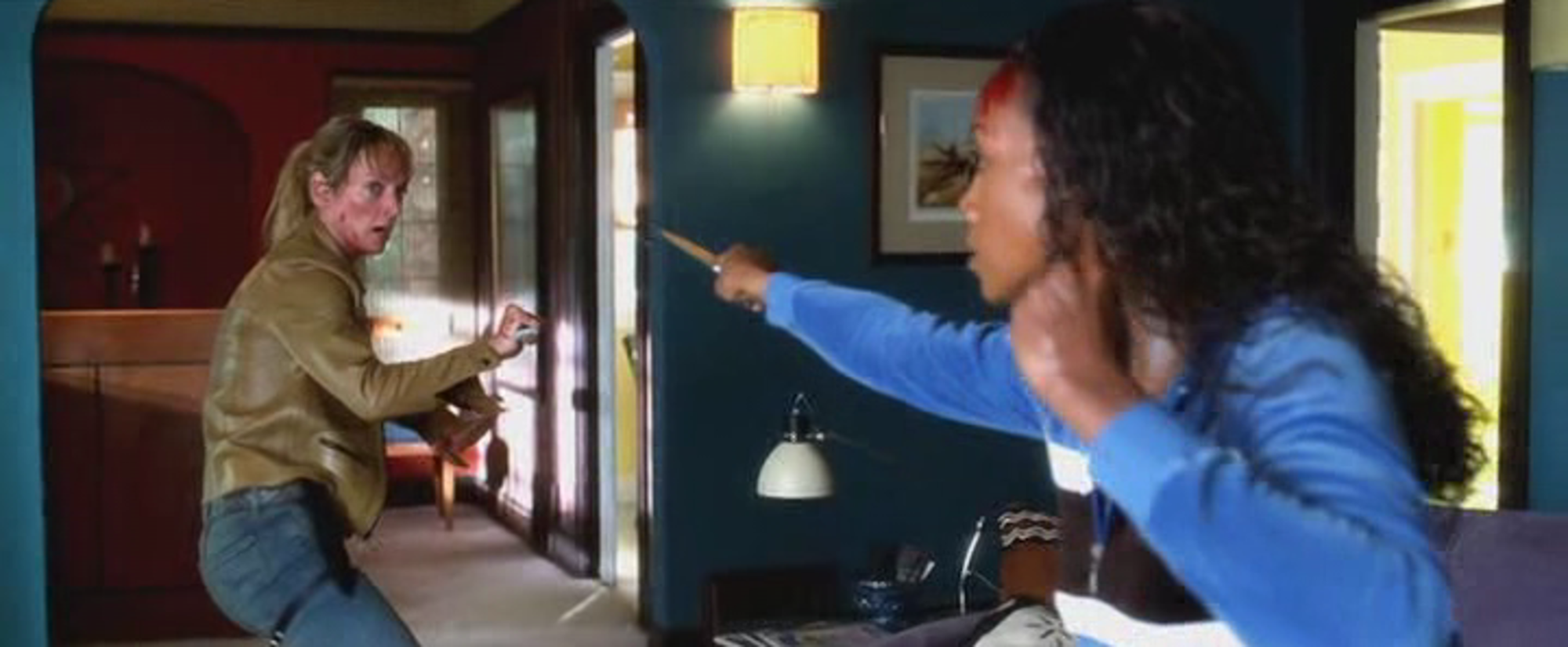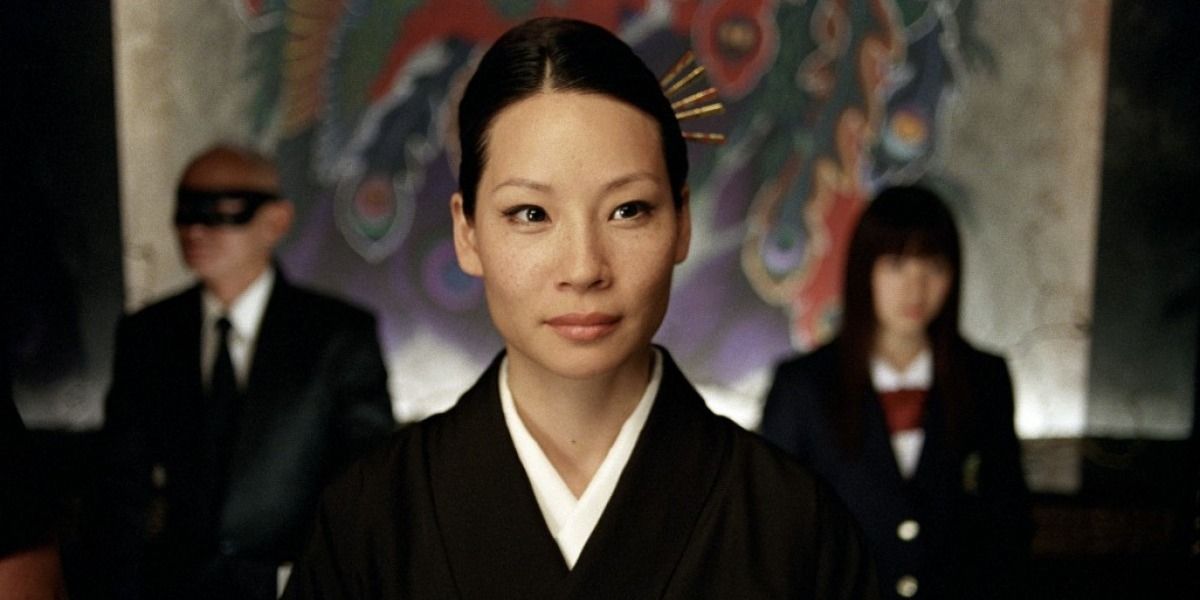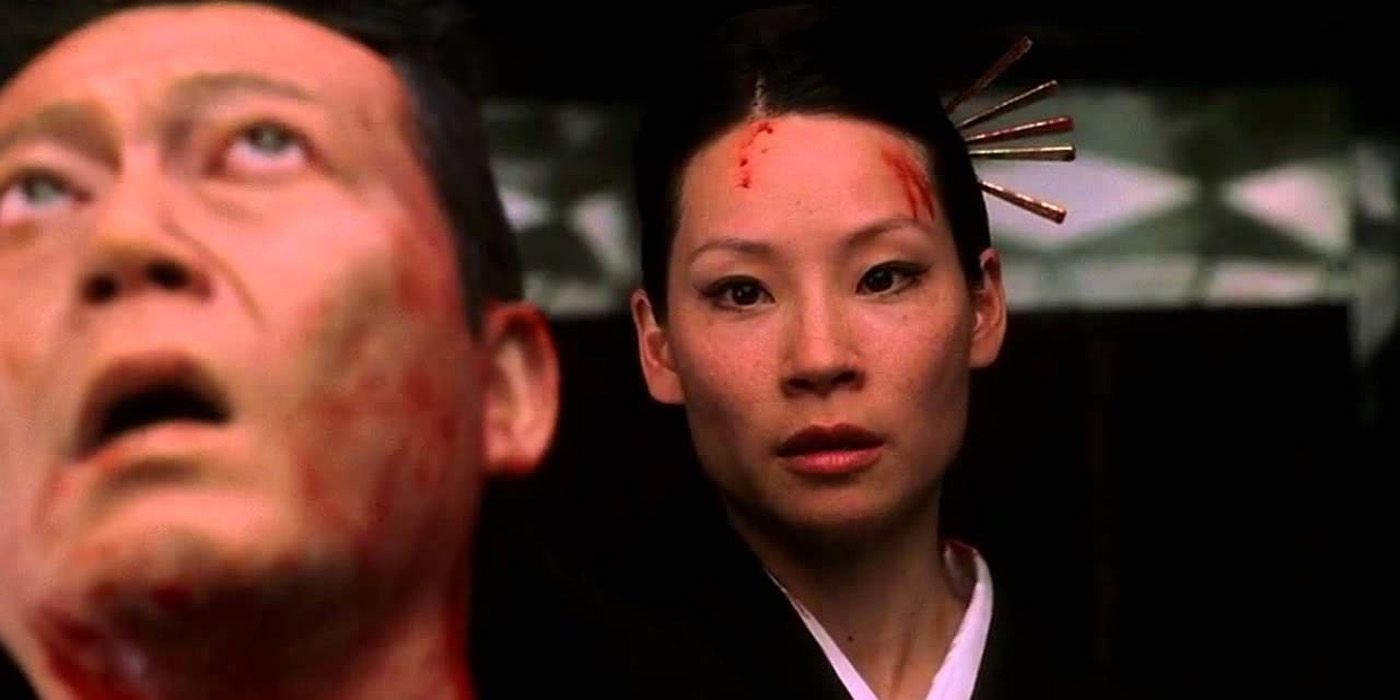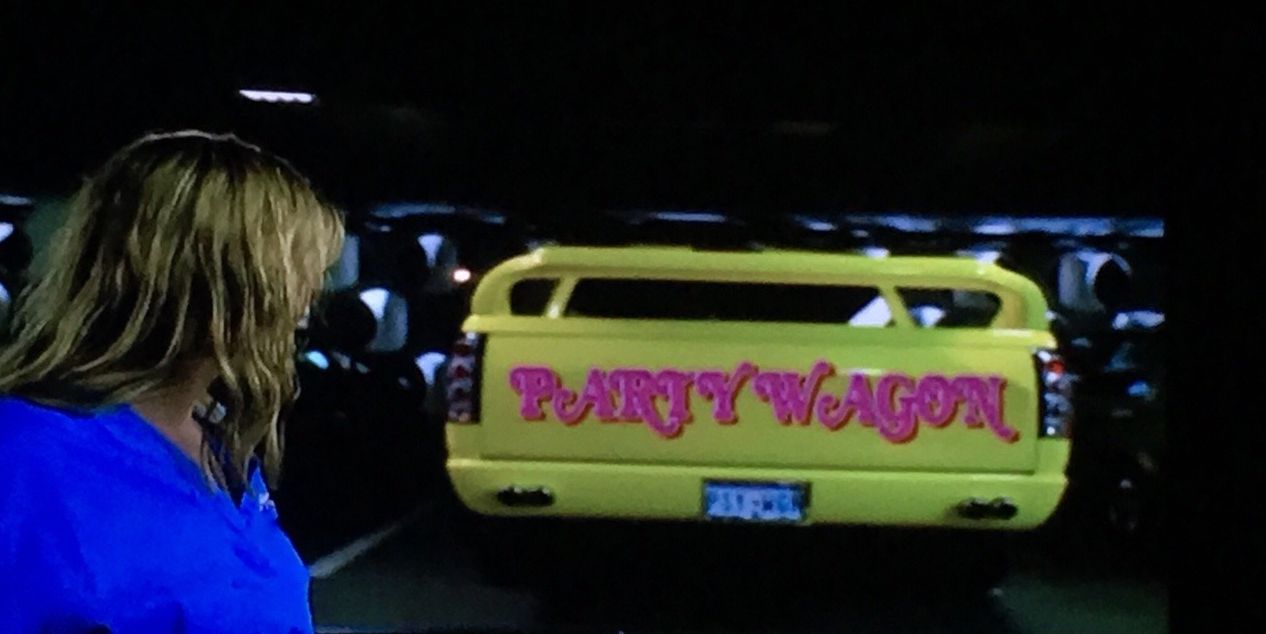It’s been 15 years since Quentin Tarantino first gifted us with his blood-soaked magnum opus of revenge. Kill Bill: Volume 1 and Kill Bill: Volume 2 stand as his love letter to kung-fu, '70s revenge thrillers, and westerns.
The movies were created in collaboration with Uma Thurman. While their relationship soured as a result of her on-set accident, the two managed to create one of the most iconic characters in cinema with The Bride, and the movies stand the test of time as pinnacles of the action genre.
Tarantino filmed them to be homages to the kung-fu epics that he had grown up with, which meant that every sword cut drew geysers of blood, every punch sent characters flying, and roughly half of the lines were shouted with hot-blooded defiance.
However, it also meant that he took his time in crafting both movies to get the tone and homages exactly right. The script took nearly 10 years to hone and thus went through a lot of changes before becoming the final product that was released in theaters in 2003.
As a result, there’s plenty of interesting, fascinating, and mind-boggling behind-the-scenes tidbits of trivia from the 10-year journey to get Kill Bill Vol 1 and 2 made.
With that said, here are the 15 Crazy Things You Didn't Know About Kill Bill.
Tarantino converted the Crazy 88’s fight scene to black and white to avoid an NC-17 rating
You’d think that Quentin Tarantino, given his studio backing, would earn some leeway from the MPAA. However, it turns out that the climax of Vol 1-- where The Bride relieves countless members of the Crazy 88s gang of their limbs-- almost led to the movie receiving a NC-17 rating.
Despite the fact that the jets of blood are so massive that they look cartoonish, the MPAA threatened to give the movie a NC-17 rating.
Tarantino eventually turned to a time-honored trick in order to pull one over on the MPAA and changed part of the Crazy 88’s fight so that it would be shown in black and white.
Who knows why violence is any less visceral when it’s not in color, but for whatever reason, it worked. Vol 1 and 2 were released with an R-rating, and only unrated version of the home release contain the full-color version of Vol 1’s iconic fight.
The road where Thurman crashes is where James Dean passed away
If you thought that Uma Thurman injuring herself in a car crash on Vol 2’s set couldn’t get more horrible and uncomfortable, then you thought wrong. Buckle up, because it turns out that her character’s journey in Vol 2 bears uncanny similarities to the death of a Hollywood icon.
James Dean, the star of Giant and Rebel Without A Cause, died on the highway to Salinas when a car swerved into his lane, causing him to crash and die at the young age of 24.
The Bride, after meeting Esteban at his adult parlor, is told to follow the same highway to Salinas in order to track down Bill at his hacienda. Luckily, Uma Thurman's on-set crash wasn't as fatal, but it must have been an eery omen all the same.
It was originally a four-hour long script before it was split into two movies
Most big studio movies range between one and a half to two hours long. It’s therefore rare for a movie to go on for more than two hours and thirty minutes, or (god forbid) until two hours and forty-five minutes.
In fact, most movies that do are done by auteur directors who have the artistic or box office power to override studio concerns, such as James Cameron’s Avatar, or Christopher Nolan’s The Dark Knight Rises, for example.
Quentin Tarantino has also turned in some tremendously lengthy movies, but even he had the good sense to realize that his original four-hour script for Kill Bill was probably going to try his audience’s patience.
In the end, he chose to make two movies, which allowed both halves of the story to have distinct artistic and thematic identities.
Vol 1 is unmistakably a kung-fu epic, whereas Vol 2 has the slow burn and moral ambiguity of a western.
The fight between The Bride and Elle Driver was re-written after Tarantino saw Jackass: The Movie
One of the most endearing things about Quentin Tarantino is his ability to find art and excellence in almost any movie, purely out of his unbridled love of cinema.
It turns out that during the development of Kill Bill Vol 2, Tarantino happened to take cues from Jackass and filter them through his own artistry in order to produce one of the most important fights in the movie.
The fight between The Bride and Elle Driver was something very different and more carefully choreographed, until Tarantino went to see Jackass: The Movie in theaters.
Tarantino liked the movie so much that he ended up rewriting the fight between The Bride and her rival to be more frenetic and sloppy, injecting a unique energy into one of Vol 2’s pivotal fight scenes.
The blood effects were low-tech and used traditional kung fu movie methods
The sheer amount of fake blood used in the Kill Bill movies is the stuff of legend. The fight in Vol 1 between The Bride and the Crazy 88s could also be titled “We Have To Wipe Off The Camera Lenses.”
Tarantino decided to go low-tech with both Kill Bill movies, despite the increasing tendency for studios to use CGI for blood effects.
He looked back on older techniques in order to make the violence appear real and visceral.
He employed blood effects that he’d grown up on-- many Hong Kong kung fu movies employed Chinese-made condoms that were filled with blood in order to create bloody effects. When they were hit with swords or fists, they would produce fountains of blood, which Tarantino used in both volumes of Kill Bill.
Tarantino and Thurman came up with the basic plot in 1994
Quentin Tarantino and Uma Thurman first worked together on Pulp Fiction, where Thurman played the wife of Marcellus Wallace, who enjoys a night out with John Travolta’s character Vincent.
It was on set between scenes that they first began hashing out the idea that became Kill Bill. Tarantino confessed his love of kung-fu and Thurman offered the idea of a female character hell-bent on revenge.
It would take almost ten years for Tarantino to write the script and hone it to the point that it could be filmed.
However, Tarantino still credits Thurman for her role in the genesis of the script: she’s the “U” referenced in the movie’s credits with the creation of The Bride’s character, while Quentin Tarantino credits himself as “Q.”
The movies are what characters in Tarantino’s other movies would see in theaters
In our world, the real one, all movies are fictional, except for documentaries (usually). However, Quentin Tarantino’s movies are different than most films.
In interviews, he’s explained that some of his movies are “real” movies, the ones that make up the “true events” of the Tarantinoverse, and some are movies that the characters in his stories would see in theaters.
Pulp Fiction and Inglourious Basterds, for example actually “happened” in the universe of Tarantino, which means that in his world, World War II really did end when Hitler was machine-gunned in the face.
However, when the characters of Pulp Fiction were done robbing coffee shops, they would walk into a theater and see Kill Bill.
Thus it’s no coincidence that Kill Bill’s plot and characters bear a suspicious similarity to the plot and characters of the failed TV pilot of Uma Thurman’s character in Pulp Fiction.
The scene where The Bride meets Esteban was actually filmed in an adult parlor
Quentin Tarantino isn’t afraid to go method or low-tech in his movies, but he went a little too authentic when filming the scene where The Bride confronts Bill’s father figure Esteban Vihaio to find out Bill’s whereabouts.
It was the last scene to be filmed for Vol 2, and Quentin Tarantino decided to actually film it in a real, operating Mexican adult parlor. Why? Only Tarantino can say-- perhaps it was cheaper than filming on a set, perhaps he wanted it to feel authentic, or maybe he didn’t know that he was filming in an actual house of ill repute.
Whatever the reason, no one can argue that it didn’t look authentic. Additionally, the adult workers lingering in the background of The Bride’s intense interrogation of Esteban are also the real deal, and were not extras.
A stunt double actually cut a baseball in half with a katana
The Bride enlists the help of Hattori Hanzo, the legendary and reclusive swordmaker, to craft a blade deadly and powerful enough to defeat the rest of the assassin squad that left her for dead.
When he learns that she her aim is to kill Bill herself, he dedicates himself to forging a sword so exquisite that, according to him, “If on your journey, you should encounter God, God will be cut.”
When he gives The Bride the sword, he puts his money where his mouth is and tests her reflexes by throwing a baseball at her, which she easily cuts in half in midair.
It’s an incredibly awesome display of prowess that is made more awesome by the fact that Uma Thurman’s stunt double, Zöe Bell, actually did it for real on set.
Warren Beatty passed on playing Bill, but recommended David Carradine
At some point during Kill Bill Vol 1’s development, Tarantino offered Dick Tracy himself the role of Bill, leader of the Deadly International Viper Assassination Squad.
At the time, had Warren Beatty accepted, the role of Bill would have been written less as the world-weary kung-fu sage that David Carradine played him as and more of a smooth, jet-setting James Bond type. Beatty ended up declining the role, but recommended David Carradine for the part.
Carradine had built his career on cult classics and character acting, and most notably had starred alongside his brother Keith in Kung Fu, a seminal martial arts/western TV series.
Naturally, this made him a perfect fit for Tarantino’s proect, but had he not accepted, Kevin Costner, Kurt Russell, and Burt Reynolds were also considered.
The Kill Bill movies are the only projects by Tarantino to not use the "n-word"
Shockingly, almost every single Quentin Tarantino movie has incorporated the "n-word" into the dialogue. The director himself even spit it out in Pulp Fiction as Jimmy, the suburban schlub who gets stuck with Jules and Vincent trying to hide their blood-soaked car and the poor deceased Marvin at his house.
Sometimes it’s period-appropriate, like in Django Unchained, but other times it really isn't.
The Kill Bill movies have the honorable distinction of featuring nary an "n-word."
In fact, they are the only movies without it. You can possibly chalk that up to there being a grand total of two major speaking roles for African-Americans across them (Vivica A Fox as Vernita Green, aka Copperhead, and Samuel L Jackson as Rufus).
This would have therefore made the "n-word" flying around even more out of place than it usually is.
Tarantino heard The 5, 6, 7, 8’s in a shop in Japan and begged the owner to sell him their CD
The 5, 6, 7, 8’s are the rock band that plays in O-Ren’s House of Blue Leaves just before The Bride strikes. It turns out that Quentin Tarantino discovered them just before he left Japan while location scouting for Kill Bill Vol 1.
He was on his way out of Japan when he became enamored with the music playing in a shop that he was in. Tarantino asked the proprietor of the store what the band was that they were playing over the shop’s speakers.
Upon learning that it was The 5, 6, 7, 8’s, he knew that he didn’t have time to go to a record store, and so he begged the proprietor to sell him their CD. The store owner did, and the band eventually made its way into Kill Bill Vol 1.
When O-Ren tells The Bride that she won’t last 5 minutes in their fight, she wins after exactly 5 minutes
It is due to Quentin Tarantino’s long-time editing partner Sally Menke, who is now sadly departed, that the fight between O-Ren Ishii and The Bride in Vol 1 takes exactly as long as O-Ren predicts it will.
After fighting through her bodyguards and the onslaught of the Crazy 88 gang, O-Ren warns The Bride that she had better have saved her energy, because if she hasn’t she won’t last five minutes.
As it turns out, their fight in the garden of the House of Blue Leaves takes exactly five minutes from the time O-Ren makes her remark to The Bride ending O-Ren’s life with her sword.
Editing is a meticulous job at the best of times, but it’s incredible to get a scene edited with such precision timing.
Over 450 gallons of fake blood were used over the course of filming
When it comes to action, Quentin Tarantino doesn’t do “subtle.” Gunshots send people soaring across the room, lost limbs shoot geysers of blood, and even his own cameo in Django Unchained ended with him dropping dynamite and being turned into red mist by the explosion.
Kill Bill Vol 1 and 2 are his magnum opus of kung-fu blood operas. With a few exceptions, the weapons of choice in the world of The Bride are bladed and blunt objects, and that means a lot of henchmen and assassins becoming involuntary blood donors.
Hence, Tarantino and his team needed a lot of fake blood. How much? Around 450 gallons of it.
To put that in perspective, that’s over 800 two liter soda bottles of fake blood-- and they put every ounce out onto the screen. It’s a wonder that the crew didn’t drown during The Bride’s fight scene against the Crazy 88s.
Tarantino owns Buck’s truck from Vol 1 and lends it out
One of the most memorable vehicles in movie history shows up in Kill Bill Vol 1. The Bride lays out her abusive nurse after waking up from her coma and steals his car keys, only to discover that his truck has a rather colorful name emblazoned on its tailgate.
It’s not a name fit to print on this website, but it rhymes with “Wussy Wagon” (and was changed to “Party Wagon” for network television broadcasts).
As it turns out, Tarantino still has the truck parked in his driveway and has loaned it out a few times for music videos.
It shows up in the video for Missy Elliot’s “I’m Really Hot” and the video for Lady Gaga’s “Telephone”, ensuring that the explicitly-decorated truck will have a weird life beyond being featured in the Kill Bill movies.
---
Can you think of any other interesting facts about the Kill Bill movies? Sound off in the comment section!

